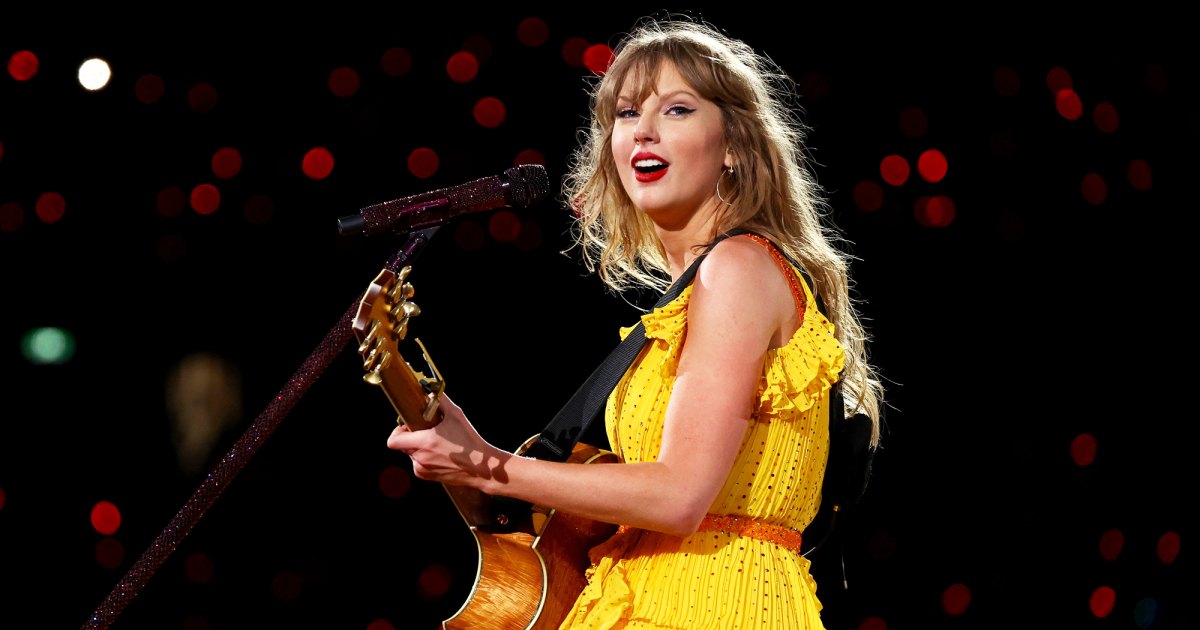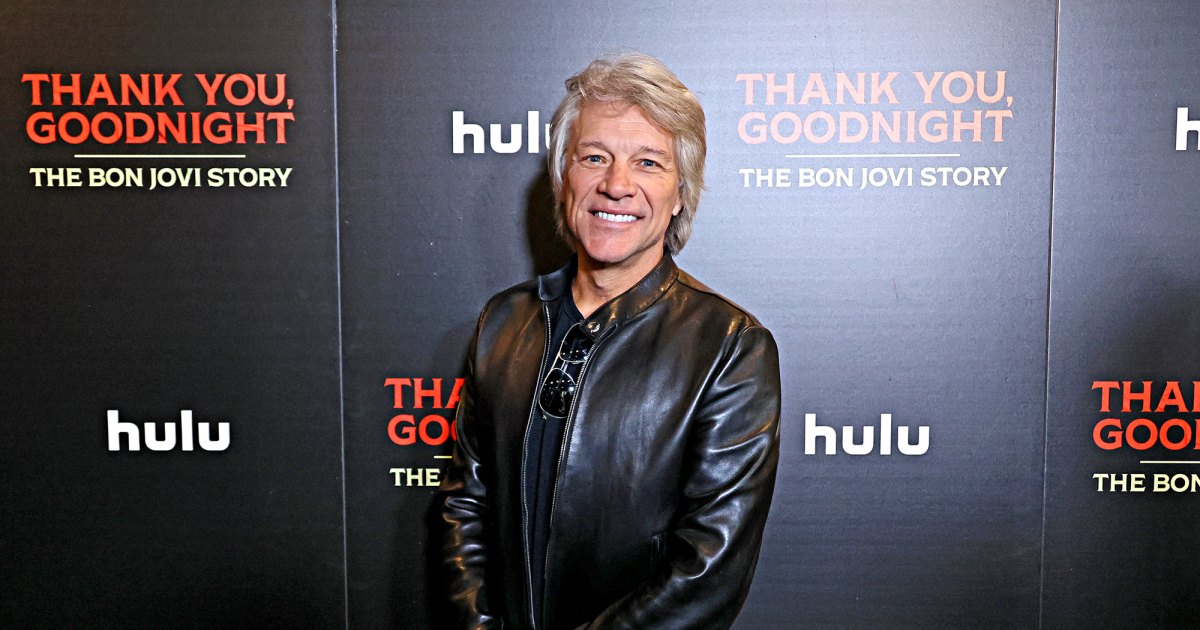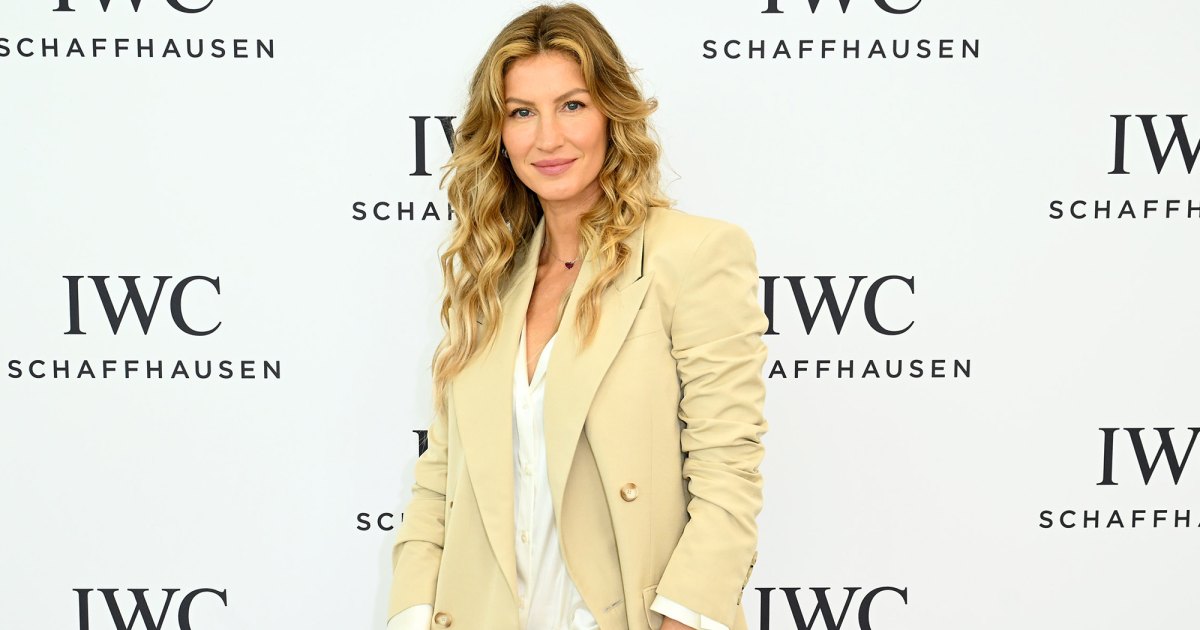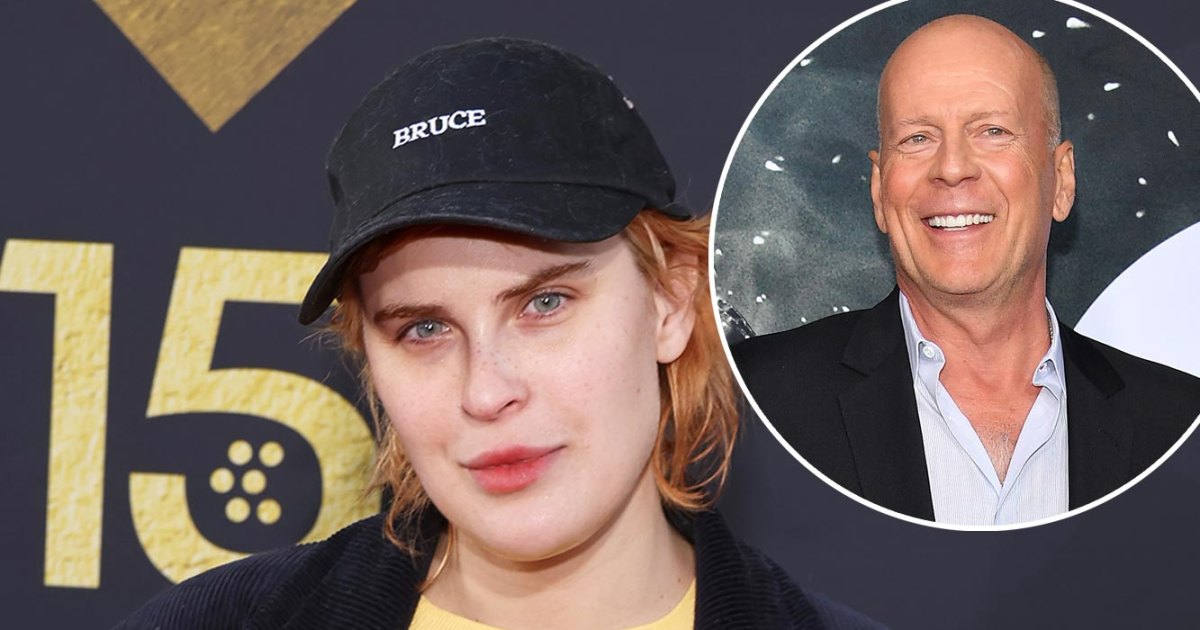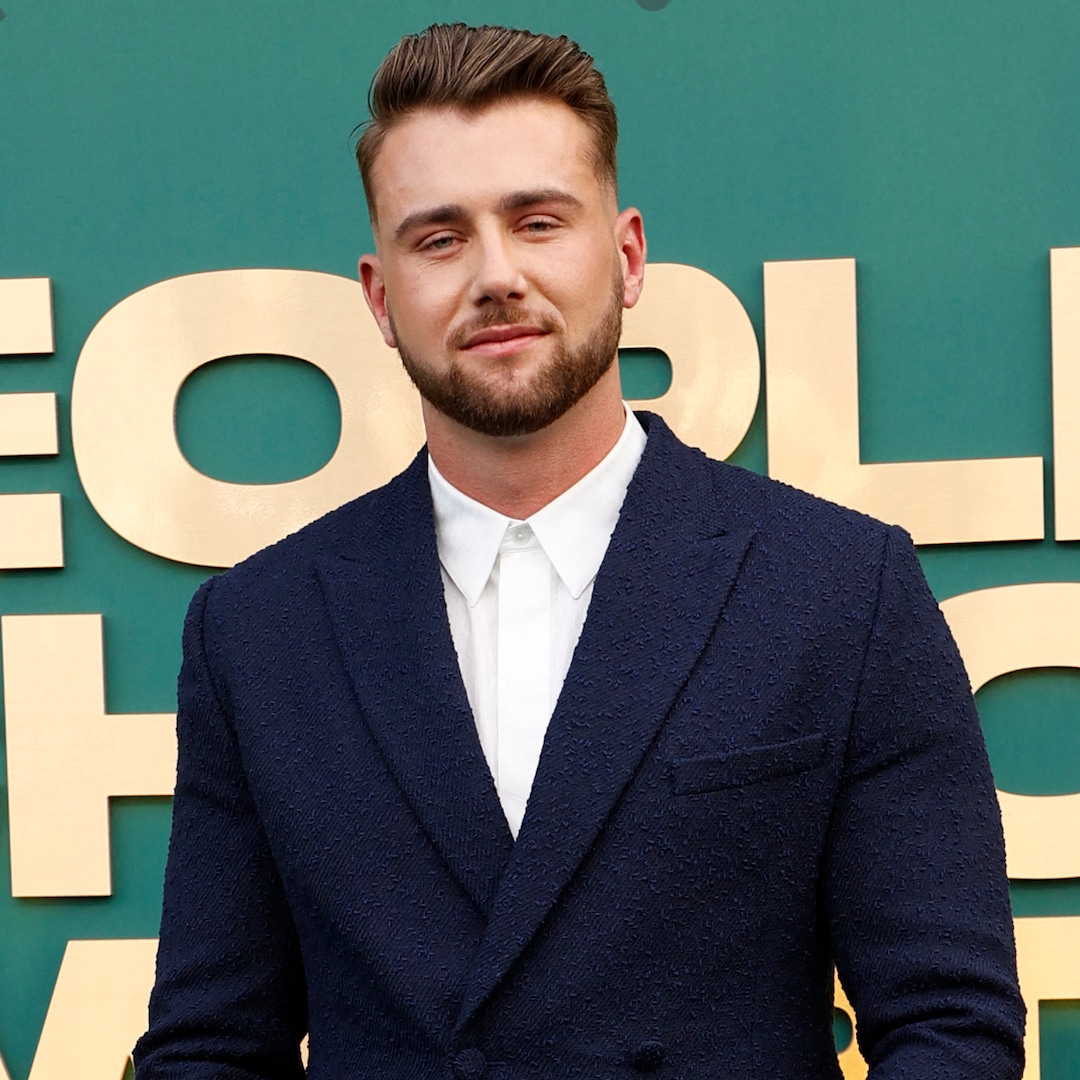Culture
‘Arctic Ascent With Alex Honnold” Is as Anxiety-Inducing as It Gets

Spoilers follow.
About halfway through the new National Geographic three-part docuseries “Arctic Ascent With Alex Honnold,” a vibe shift starts to creep in.
Honnold is one of the greatest living big-wall climbers, whose fame ballooned after his historic ascent of El Capitan, a 3,000-foot climb in Yosemite National Park that was chronicled in the 2018 Oscar-winning documentary “Free Solo.” Here, he is outnumbered by his five adventure-mates as they cross the Renland ice cap, a vast sheet of ice in Greenland, the first known time it has been traversed by foot.
They are in the thick of a harsh 100-mile, six-week trek to Ingmikortilaq, an untouched sea wall that measures nearly 4,000 feet — about the height of three Empire State Buildings. Honnold and two of the team members, Hazel Findlay and Mikey Schaefer — both superstar big-wall climbers themselves — are planning to scale it. For any elite mountaineer, it would be a daunting, perilous and most likely inadvisable undertaking. Honnold told CNN that he had “never done a first ascent of that magnitude, of a wall of that size.”
About 90 minutes into the day’s march across the ice cap, whiteout conditions and howling winds bear down on them, zapping all visibility and prompting a pointed back-and-forth.
Honnold wants to continue even as they approach the center of a crevasse field, where giant cracks in the surface, some hundreds of feet deep, are hard to spot until they’re nearly underfoot. “My goal for the day is to get all the way across the ice cap,” Honnold says. When Schaefer suggests the group set up camp until the weather clears, Honnold can’t believe what he’s hearing. “Are you kidding?” he asks.
When Aldo Kane, a renowned adventurer also on the journey, recommends they stop, Honnold proposes they rope themselves together instead. “Roping up doesn’t make it much safer, because we can’t see,” Adam Mike Kjeldsen, the team’s Greenlandic guide, responds — to which Honnold counters, “But you’re less likely to die.”
It’s about here that the anxiety of watching professional risk-takers intensifies, as those whose lives are in the balance lock horns. It’s rare to experience this in real time, versus in recollections, and it triggers something akin to vasovagal response even as a viewer, realizing that the reassurance and unity one expects from experts isn’t a given after all.
Outdoor adventure documentaries usually tell a hero’s journey, where obstacles are conquered and missions succeed as planned. In “Arctic Ascent,” which is streaming on Disney+, we not only observe some of the most dangerous, technical risk taking on Earth, but also witness the mental gymnastics that the most daring among us reckon with when death is, by all accounts, entirely plausible: the split-second decisions; the gut feelings that are grappled with and sometimes ignored; the trust that wobbles among team members; and the pressures of delivering while being filmed in extreme, remote locations. It’s a more holistic, candid view of such undertakings, giving equal weight to both the physical and mental.
“I think as climbers, you kind of learn to take life-and-death decision making and make it normal,” Findlay says in “Arctic Ascent.” “Often it’s my mind that gets me up routes, rather than my strength.”
Back on the ice cap, Heidi Sevestre, a French glaciologist, interjects: “I think it’s totally unsafe to continue.” She is there collecting rare samples for climate research, the purpose of the expedition.
With that, they set up camp. When the skies clear, they send up drones, which relay a chilling sight: They are indeed surrounded by massive crevasses. It soon becomes clear to the audience that, while the team’s spirits pick up, cracks have formed in their trust.
“With Alex, it’s a little different because he has so much self-confidence and so much ability,” says Schaefer, who has been friends with Honnold for years. “It’s a little harder for me to blindly sort of trust what he says to do.”
At the time of Honnold’s famed free-solo climb — meaning no ropes, anchors, holds or company — he had already completed more than 1,000 solitary big-wall ascents, making the interpersonal dynamics in “Arctic Ascent” even more compelling. Honnold, now 38, is an athlete who thrives under intense pressure when relying on only himself, without the input or influence of others.
In Greenland, Schaefer goes with his gut.
As Honnold, Schaefer and Findlay plot the route up Ingmikortilaq, a multiday process, Schaefer and Honnold have a tense exchange. They had been plagued by chossy conditions, meaning loose, crumbly rock. Chunks, which Schaefer called “death blocks,” had been raining down as Honnold made his way up first.
The group was also missing gear and improvising rope setups because weather had prevented their support team from transporting supplies. Only Honnold had proper climbing shoes.
When Honnold suggests an alternate rope option for Schaefer, who is dangling several feet below, Schaefer, somewhat incredulous, says, “If you really think that that has anything to do with the overall safety of what we’re doing, you have poor risk assessment at the moment.”
Honnold replies: “Somebody is really grumpy. I’m just saying — —”
Schaefer interrupts: “No, dude. I’m not being grumpy. I’m being real.” He likens the falling rocks to “getting shot at by your buddy.” Hundreds of feet below them, icebergs calve.
Schaefer tells the audience that he has lost more friends to climbing than he can count on his hands and feet. “I don’t want to die.”
During an aside on the rock face, Schaefer admits to Findlay that he is borderline about the climb. “This is not what I signed up for,” he tells her. Findlay, shook, concedes that it is perhaps even riskier than she had thought.
Back at camp, Schaefer breaks the news, citing the unmitigable risks: “There isn’t enough value in it for me to continue on.”
Honnold, with an almost disarming nonchalance, says, “You don’t want to climb a giant sea cliff? I mean it’s pretty cool.” He adds: You’ve already taken so much risk up there. It’d be a shame to not — —”
“But that is always a poor reason to take more,” Schaefer cuts in. Honnold agrees.
Findlay, on the fence, says to Honnold that she appreciates his can-do attitude but needs reassurance that he is thinking clearly: “Sometimes it’s like, are you being so optimistic, you’re not actually seeing what’s going on?”
He asks if he has been too optimistic, adding that he hopes none of this will affect their friendship back home.
“Yeah,” she says.
In the end, Findlay and Honnold reach an understanding and make history, summiting Ingmikortilaq. “We came up a terrifying wall, didn’t we?” Findlay says from the peak.
“It did feel like we sort of got away with something,” we hear Honnold reflect. “It’s like you can only roll the dice like that so many times.”




